1
IC 3639
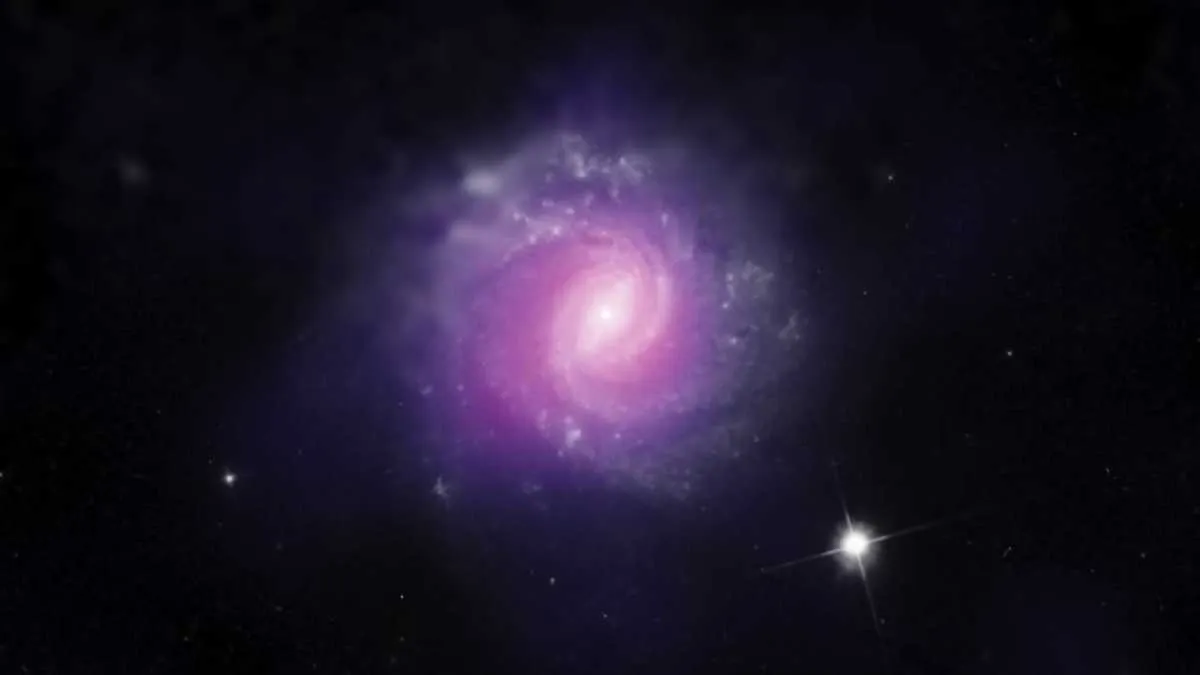
This vivid violet galaxy is filled with dust and gas that clouds a supermassive black hole at its core.
2
NGC 7331
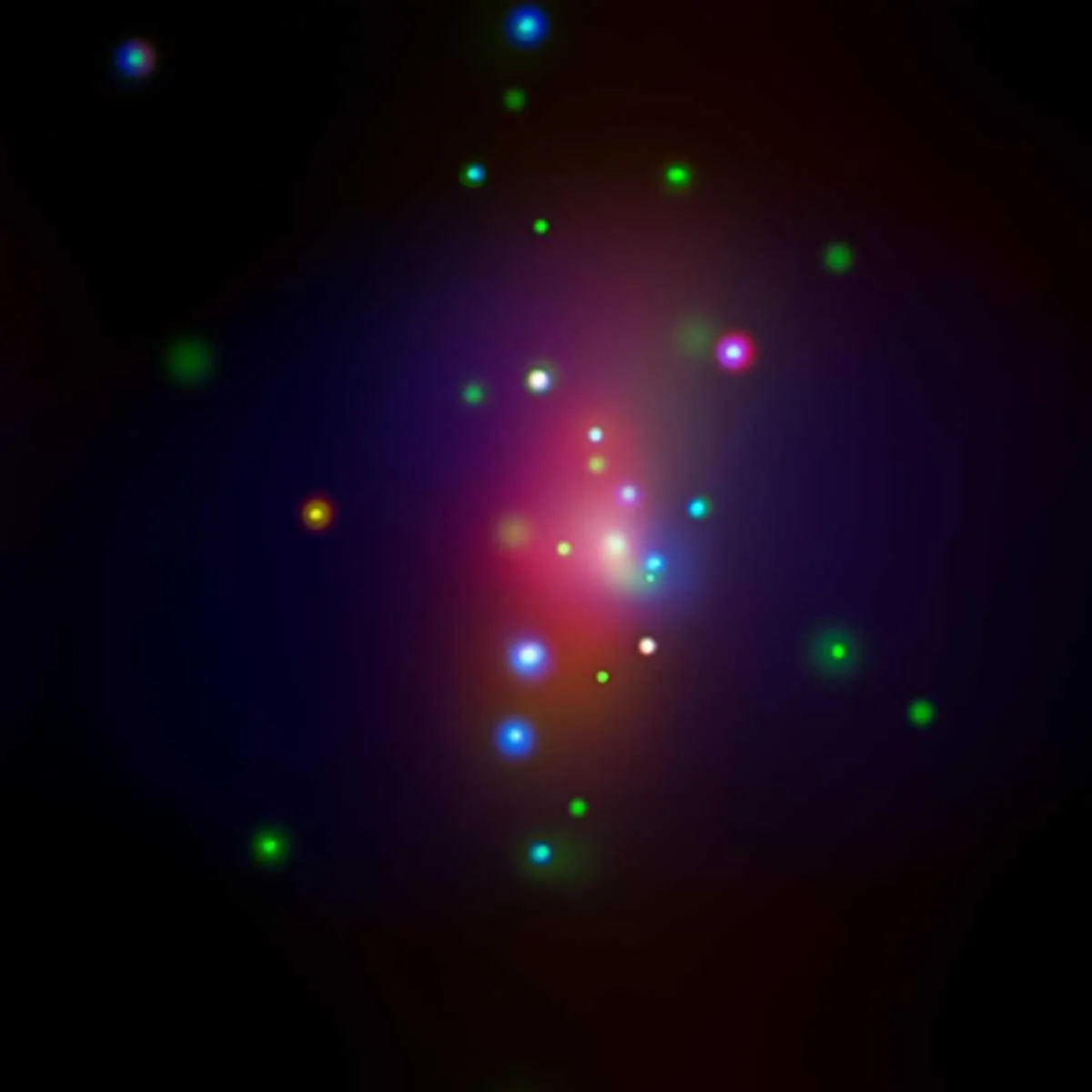
The Chandra X-ray Observatory took this unusual picture of the spiral galaxy NGC 7331, showing red, green and blue colours for low, medium and high-energy X-rays, respectively. An unusual supernova called SN 2014C has been spotted in this galaxy.
Read more:
- Final farewells: poignant last pictures of our most inspirational space missions
- 21 incredible cloud nebula pictures
3
NGC 1448
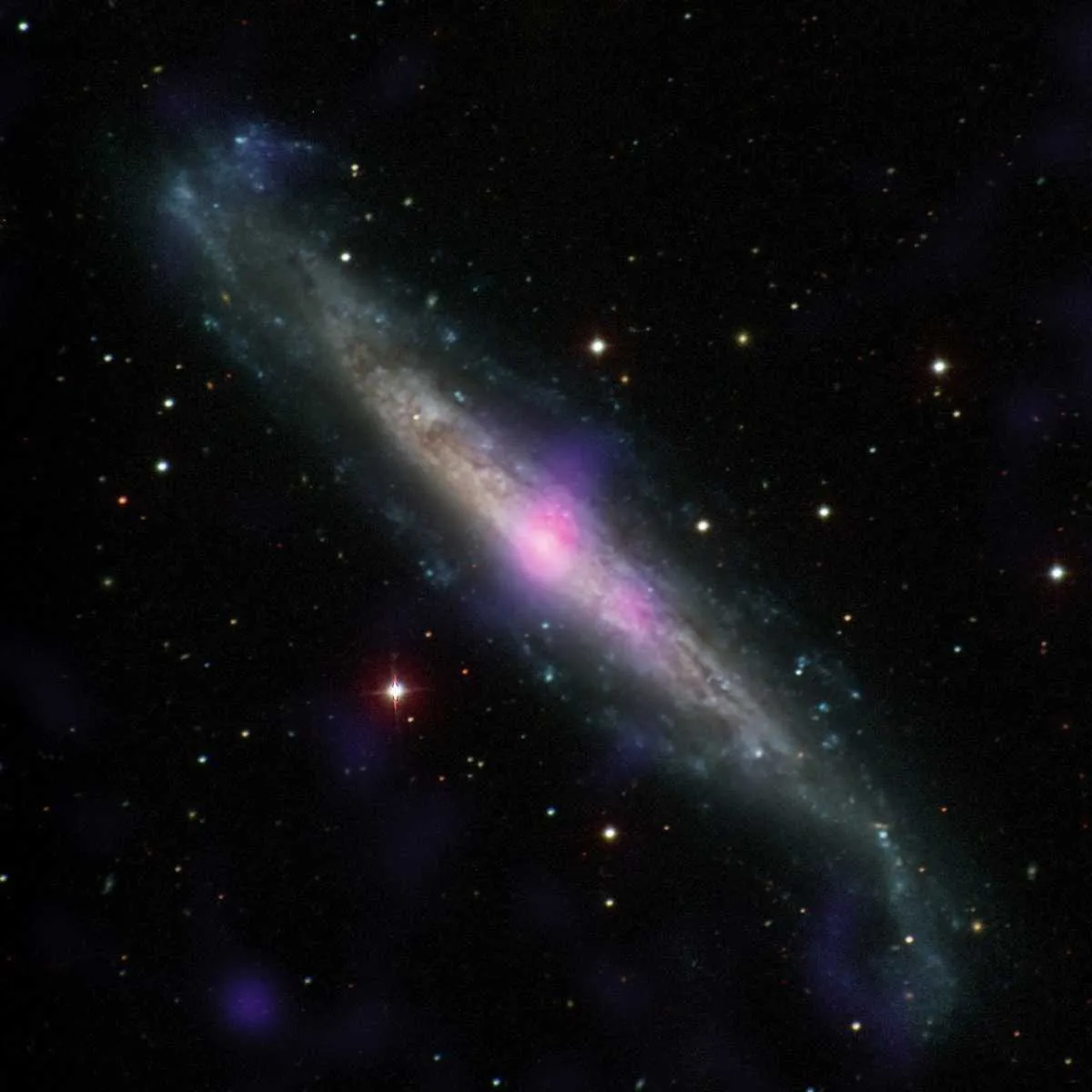
Just likeIC 3639 before it, NCG 1448 is another galaxy with a supermassive blackhole at its centre, shrouded bydust and gas.
4
NGC 4845

Theblack holein this spiral galaxy's centre, 65 million light-years away in the constellation Virgo, is not only supermassive, but also super hungry. A huge flare spotted in 2013 suggests it devoured a brown dwarf or large planet that was many times larger than Jupiter, was caught in the black hole's gravitational pull.
5
Kiso 5639
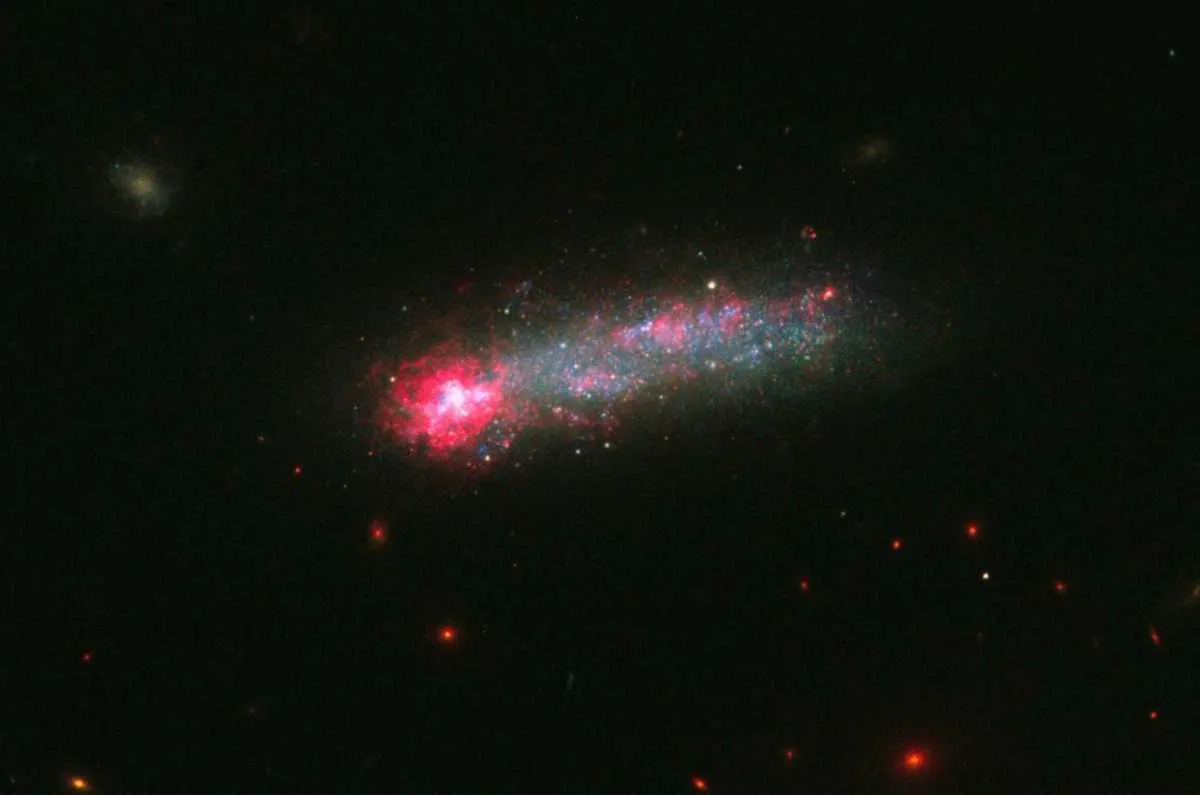
It looks like a rocket flying through the skythanks to the left-hand side of this relatively small galaxy's spectacular red glow, caused bya firestorm of star forming.
6
Messier 94
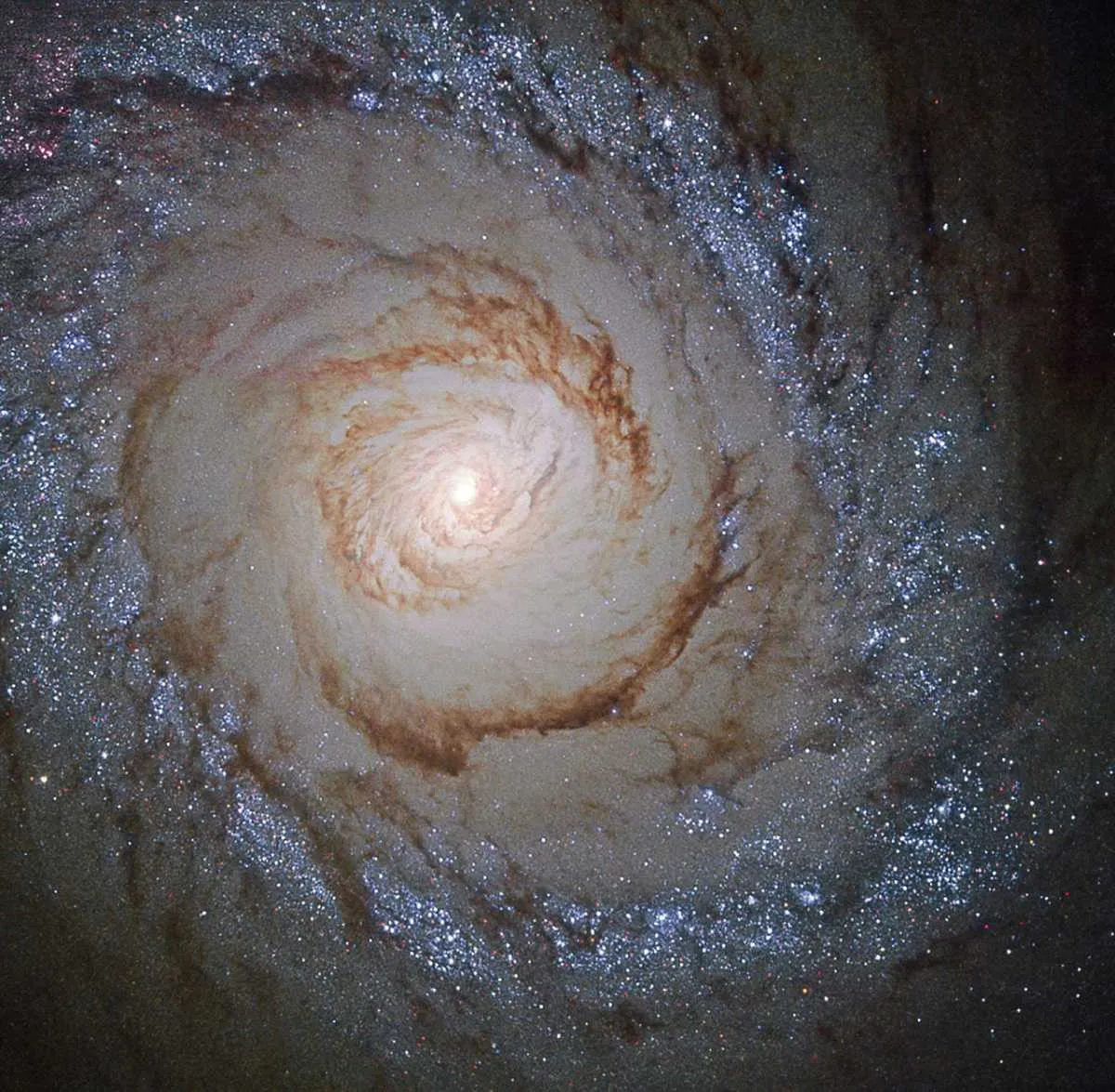
Galaxy M94 lies in the constellation of the Hunting Dogs, 16 million light-years away, and has an unusual feature called a starburst ring. Dust and gas is compressed from a pressure wave emanating from the core, causing them to form denseclouds until the pressure and temperature is high enough to form new stars.
Read more:
7
NGC 1291
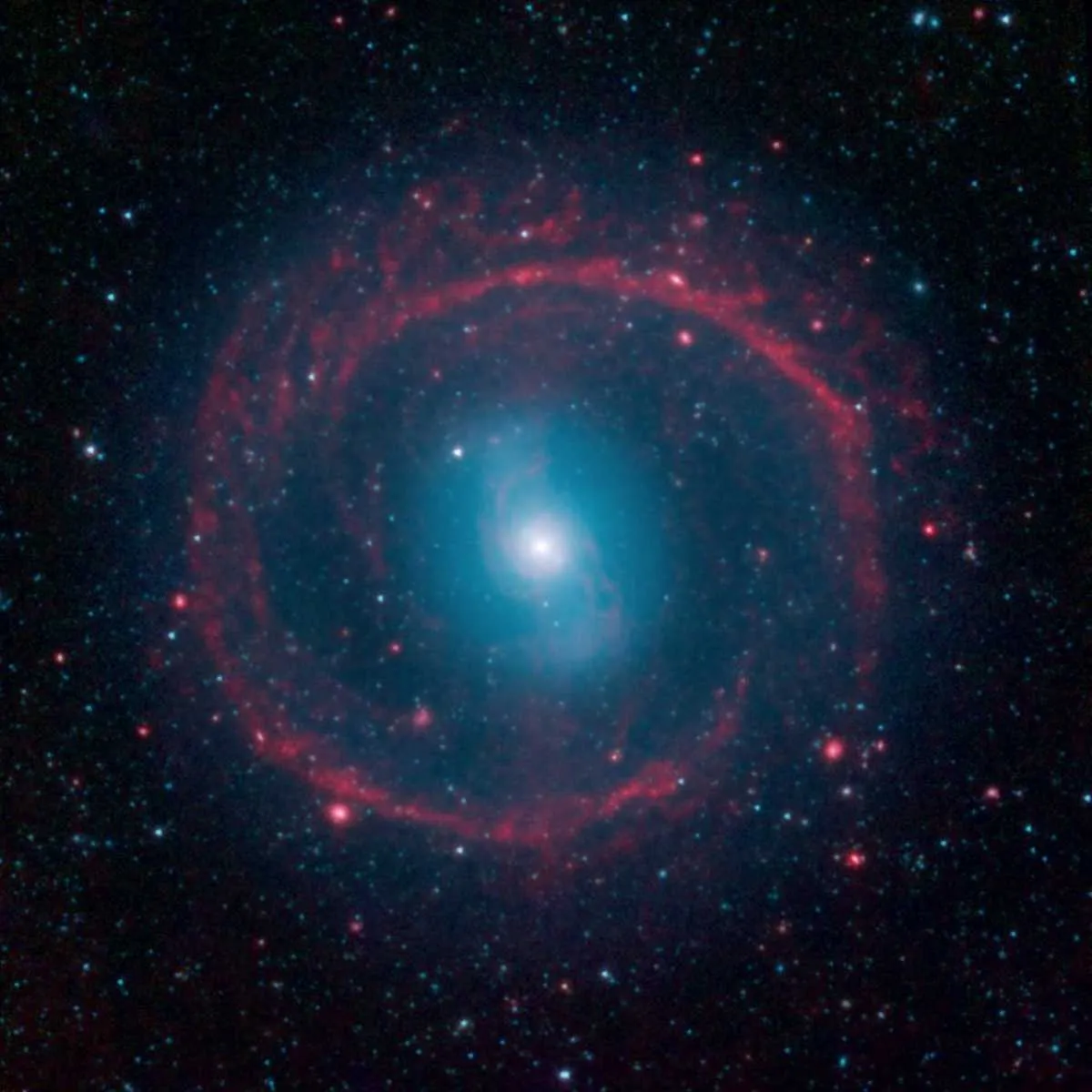
NASA's Spitzer Space Telescope captured this beautiful photo of new stars forming in an infrared ring around NGC 1291's galactic core.
8
NGC 4565
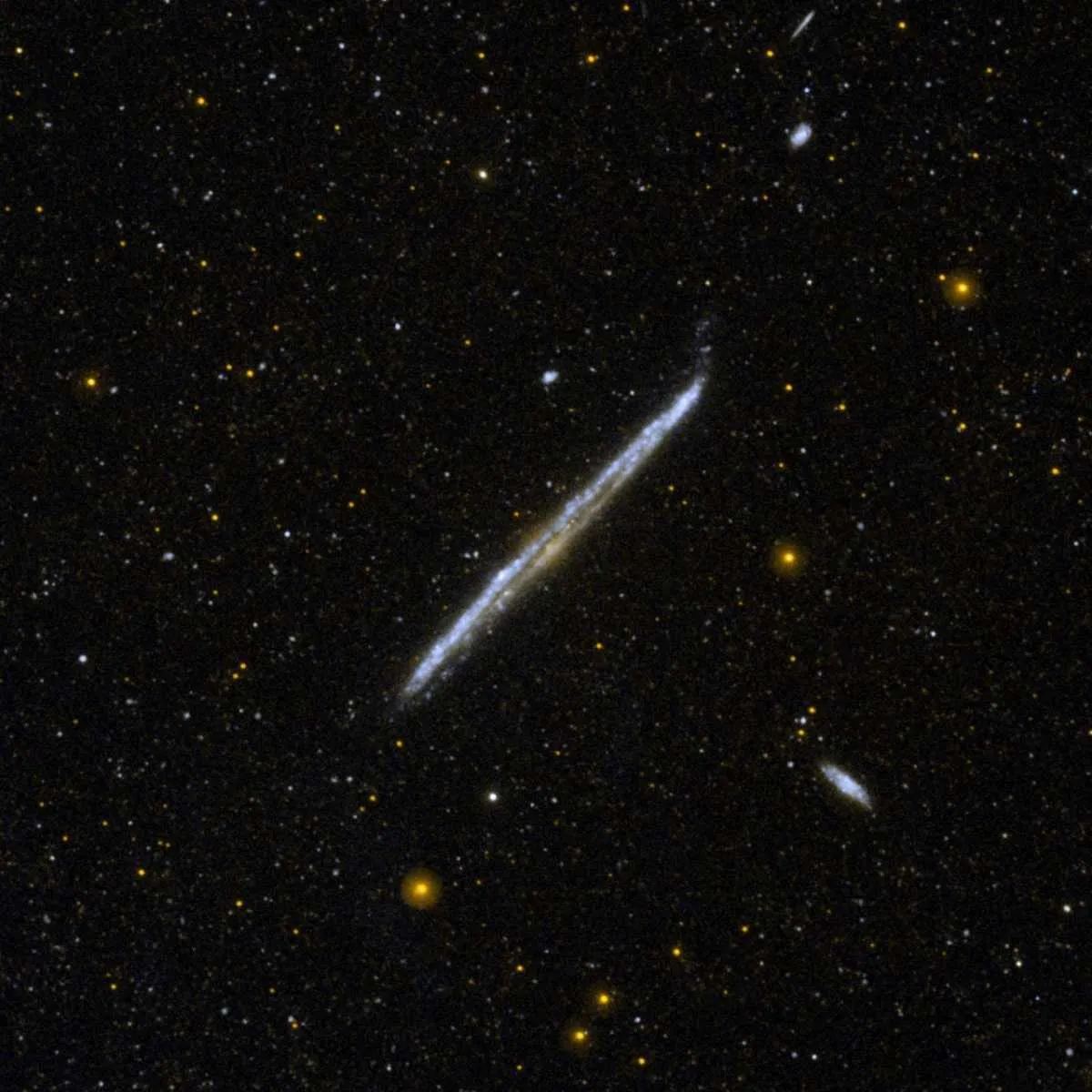
French comet hunter Charles Messier created a famous list of over 100 objectsin the night sky that weren't comets, so that other astronomers could avoid wasting time studying them. This one, also known as the Needle Galaxy, didn't make the list.
9
NGC 6872
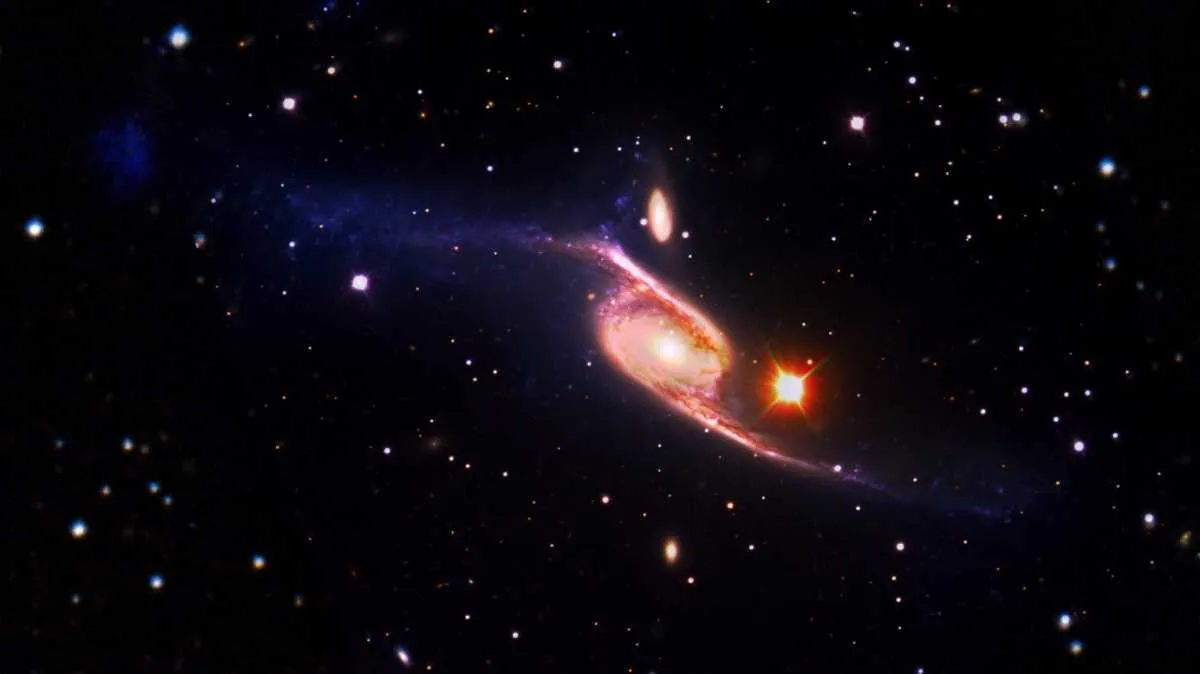
If you thought the Milky Way was big, at 522,000 light-years across NGC 6872 is five times bigger!
10
NGC 6744
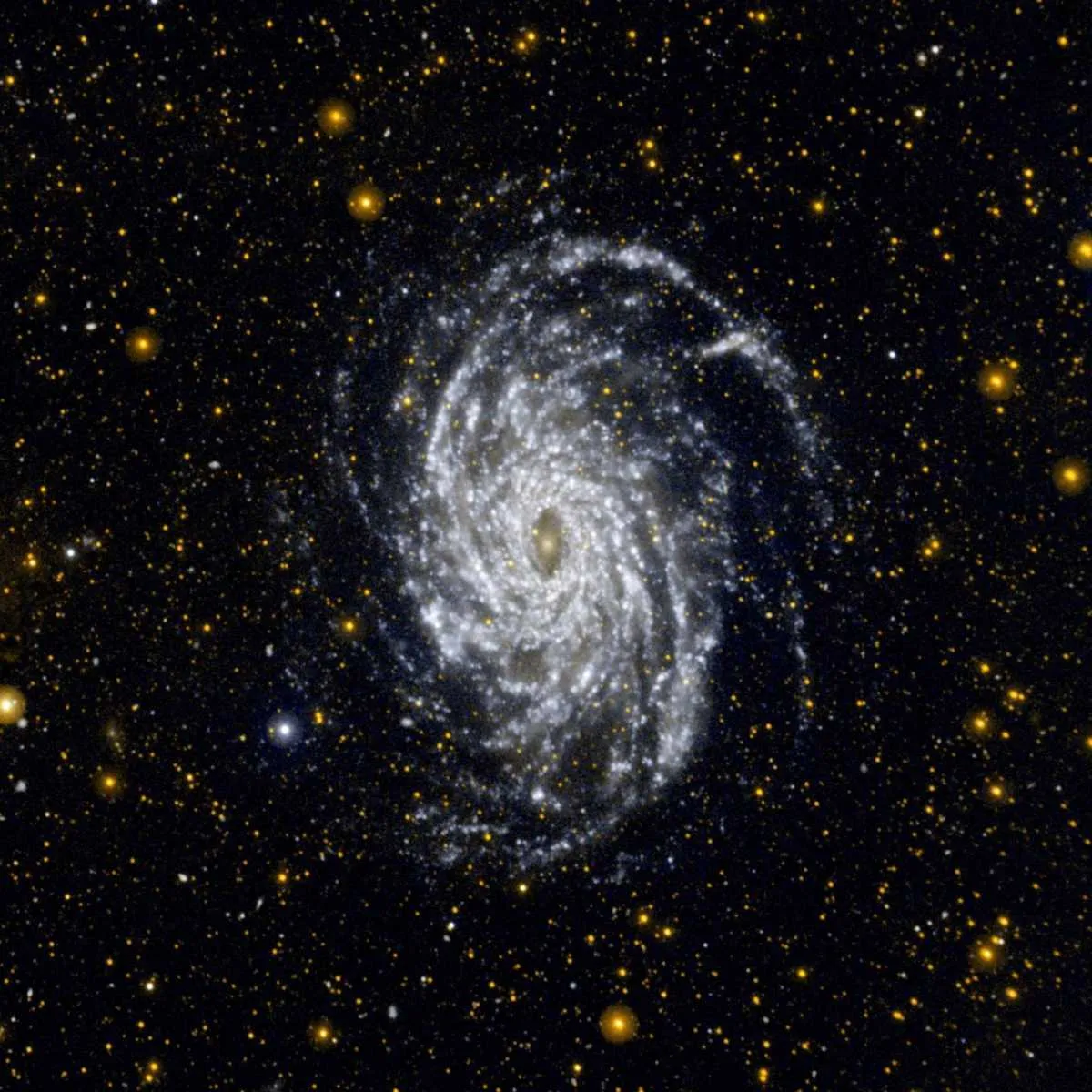
The NASA Galaxy Evolution Explorer captured the dizzying image of NGC 6744 swirling 30 million light-years away in the constellation of Pavo. The galaxy's claim to fame is that it is one of the most similar to our Milky Way in the local Universe.
Read more:
- In an infinite universe (or a quantum world), does the world of Star Wars exist in a galaxy far, far away?
- If the Universe is expanding, why is the Andromeda galaxy on course to collide with the Milky Way?
11
NGC 253
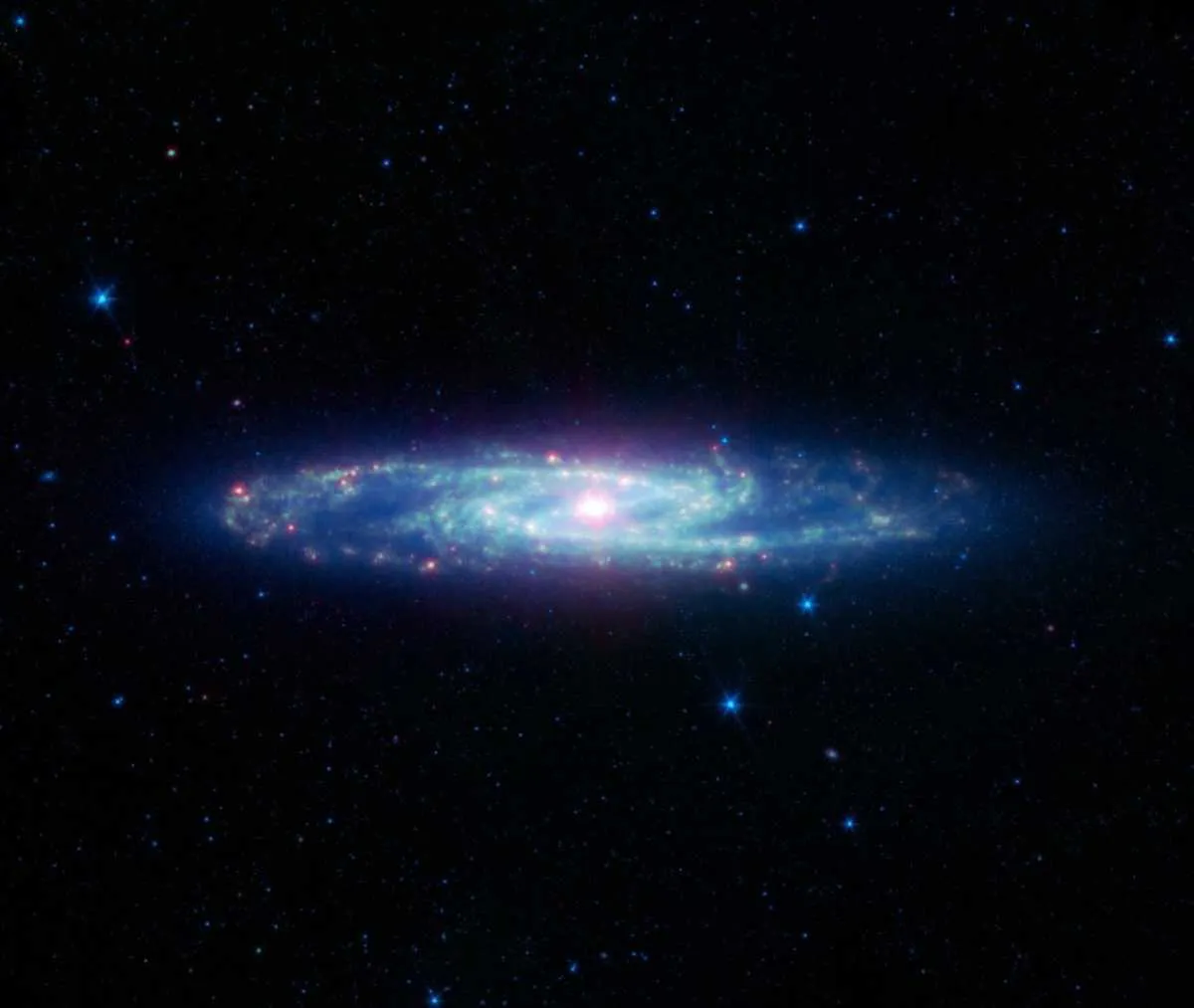
TheBarred Sculptor galaxy's spiral arms werespotted by Spitzer, and is known as a starburst galaxy due to the strong star formation at itscentre.
12
M31
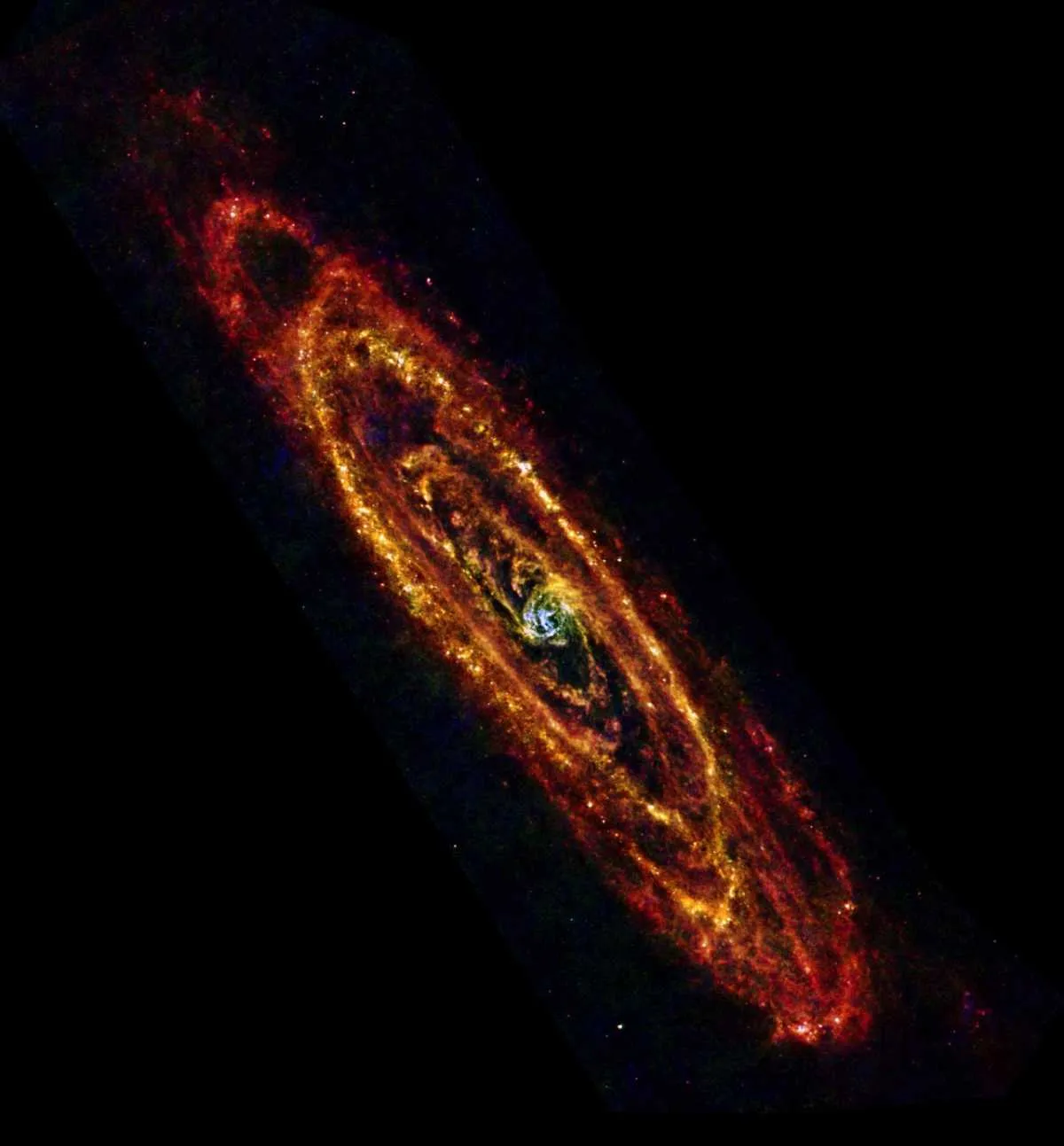
At only 2.5 million light-years away, Andromeda (M31) is the closest major galaxy to the Milky Way.
13
IC 342
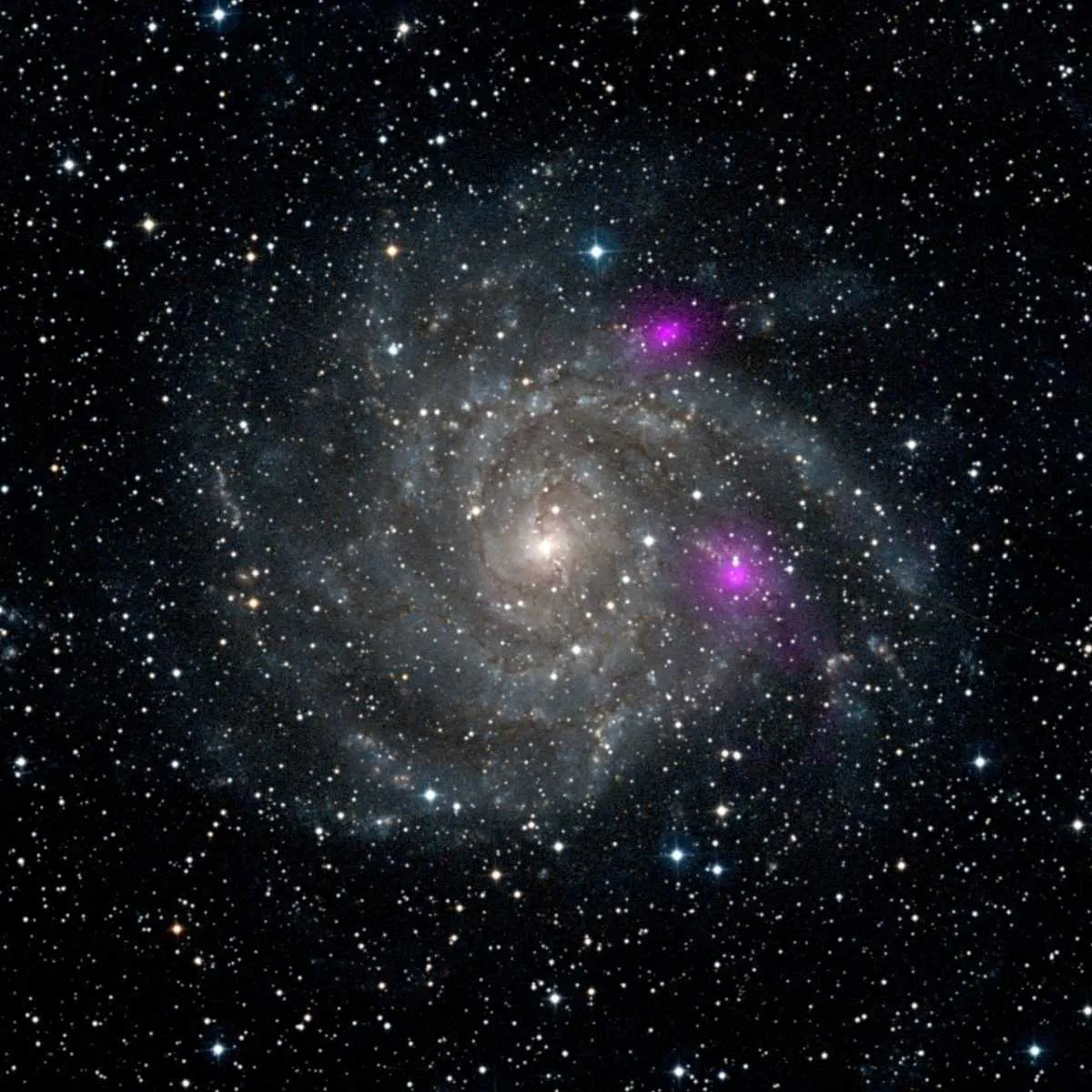
The Camelopardalis constellation is home to this galaxy, known as Caldwell 5,which wasdiscovered byWilliam Frederick Denningin 1895.
14
NGC 4736
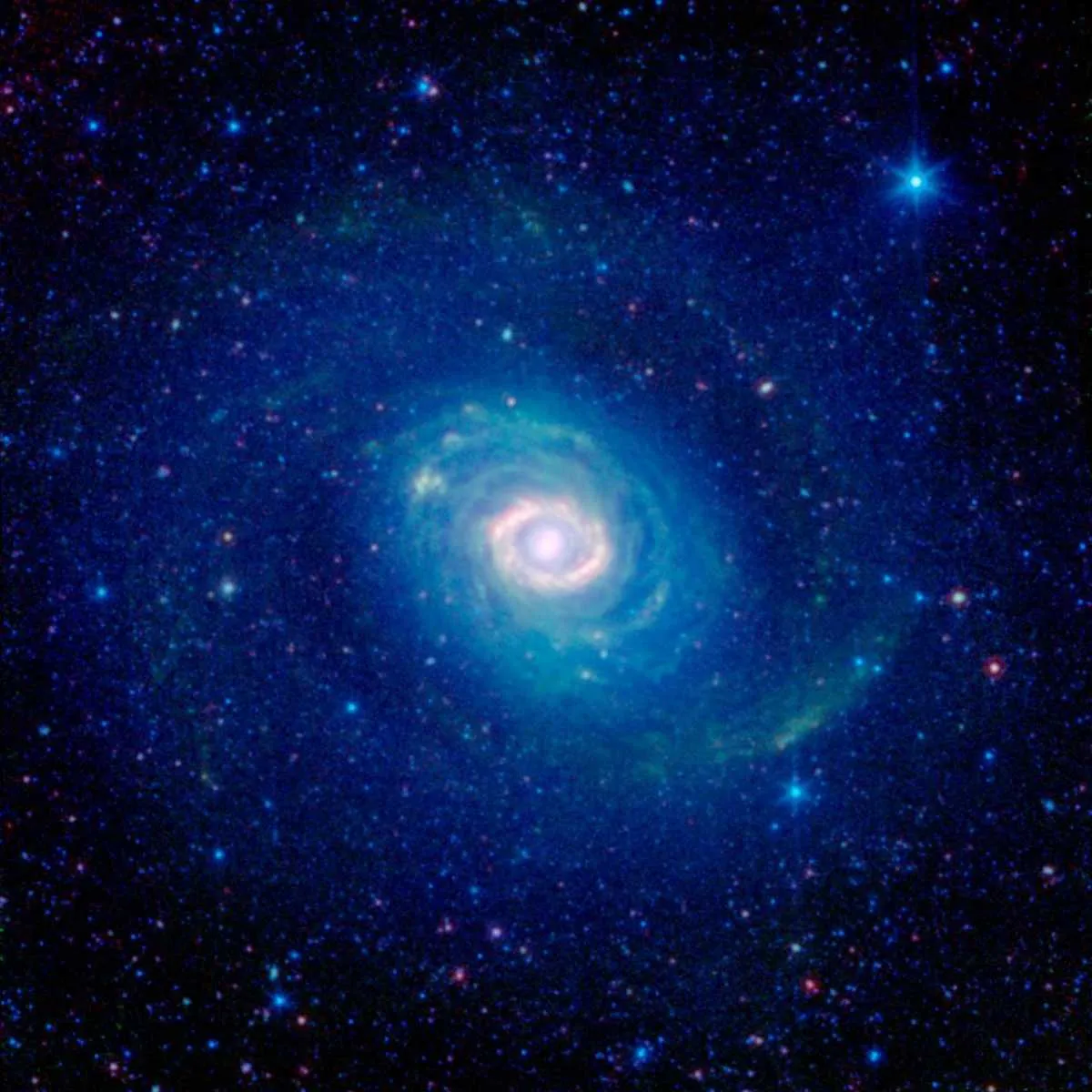
This brilliant blue galaxy is number 94 of Messier's objects, and although it looks like there are many rings encircling it, many astronomers believethere is only one.
Read more:
- Lunar Orbital Platform-Gateway: the next space station will orbit the Moon
- Space mining: the new goldrush
15
NGC 4594
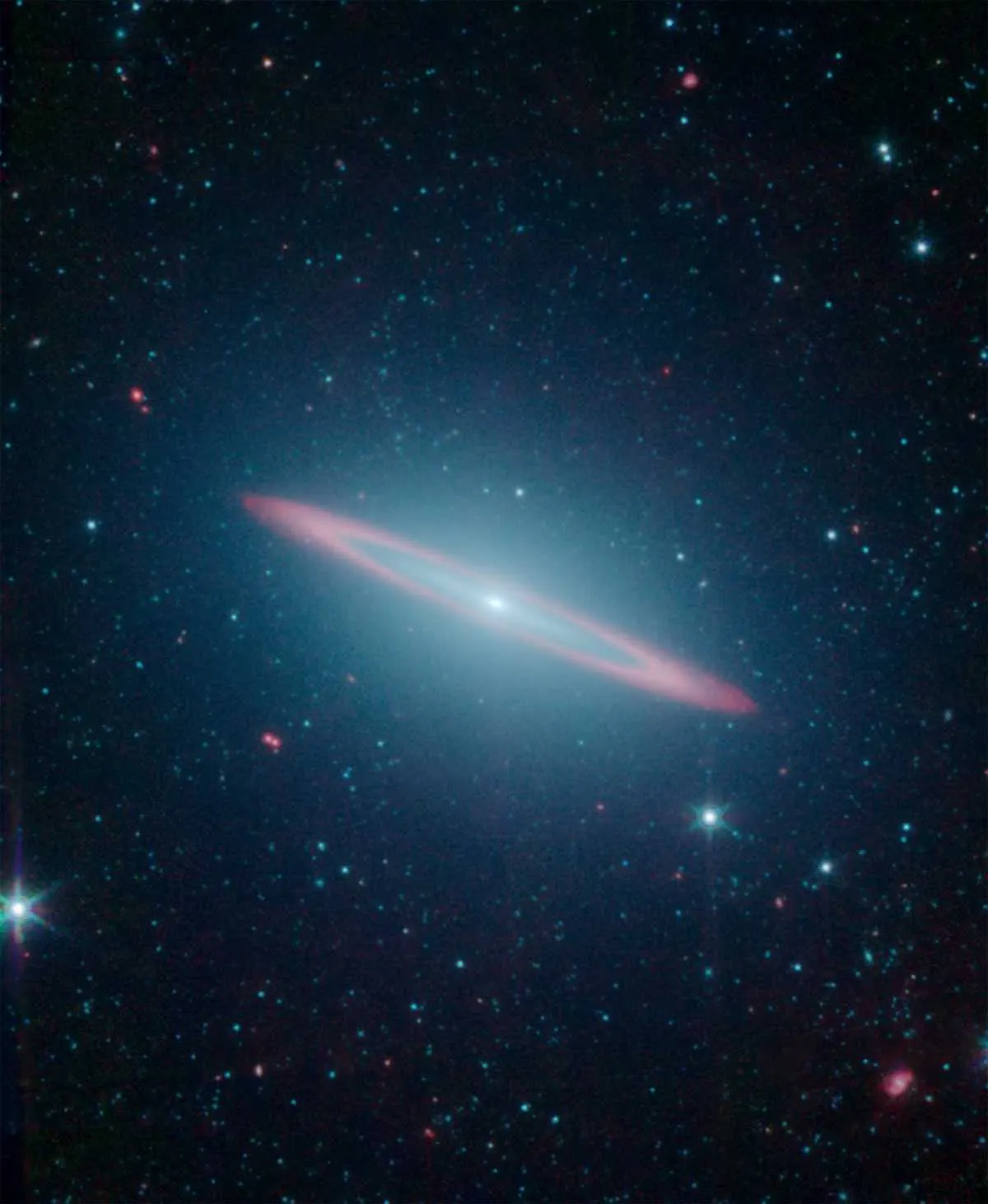
Sayhola!to NGC 4594, more commonly known as the Sombrero galaxy due to its similar appearance to the popular Mexican hat.
16
M101
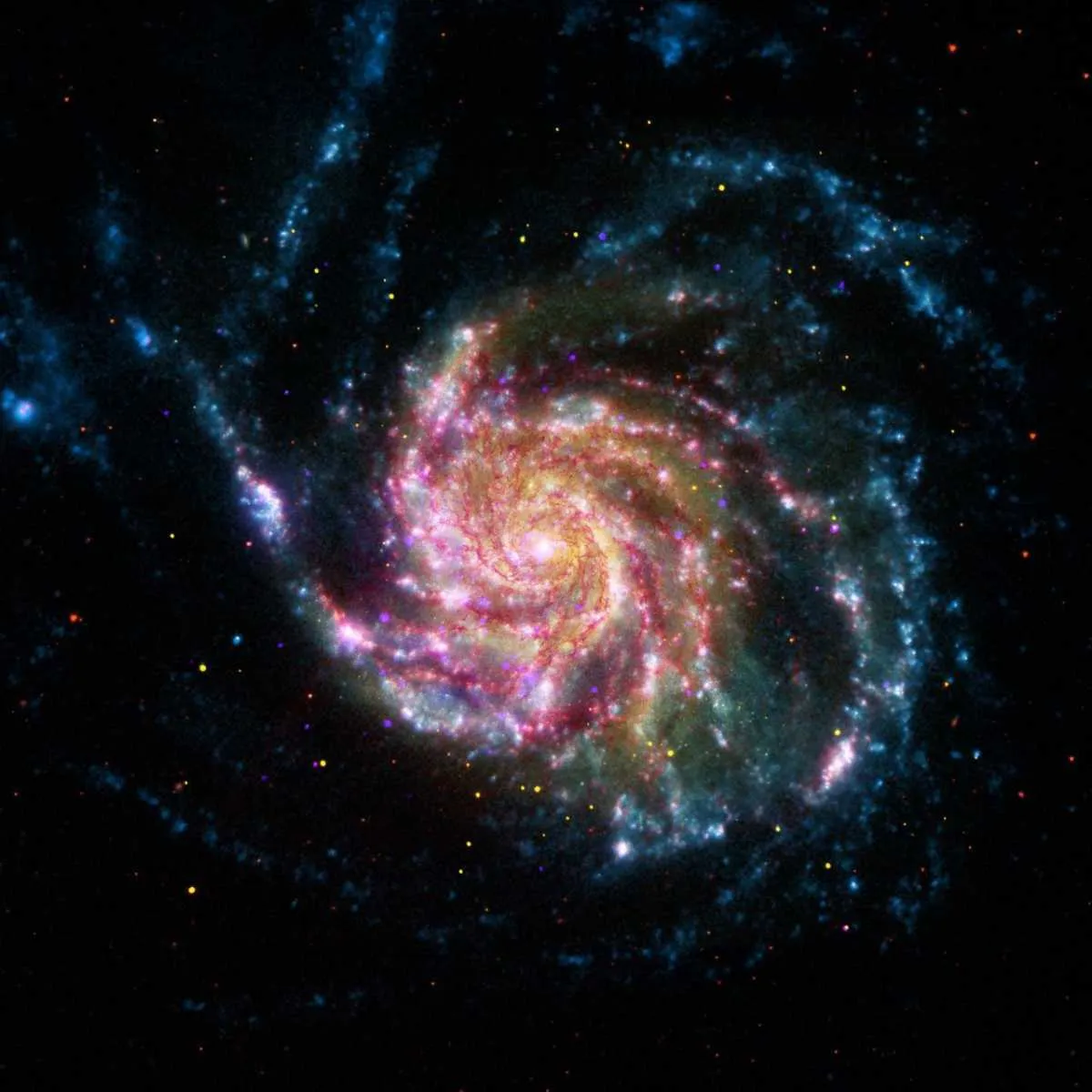
One of the last galaxies to enter Messier's catalogue, the Pinwheel Galaxy lies 21 million light-years away in the constellation Ursa Major.
17
IC 342
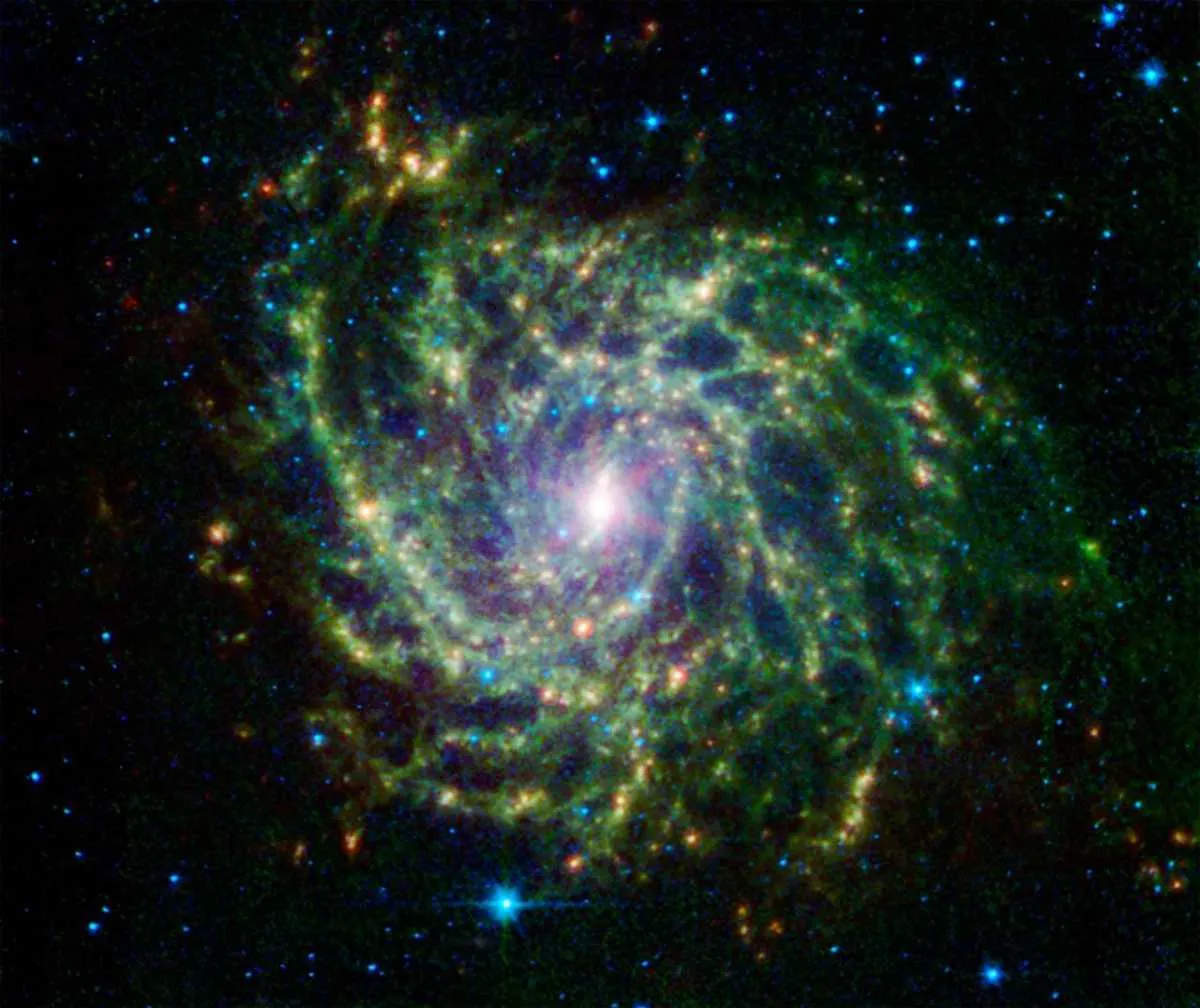
Swirling away in space, this galaxy is compared to a spider web by NASA. Although difficult to observe due to its closeness to the galactic equator, it is still apparently possible to seein the right conditions using only binoculars.
Read more:
18
NGC 5055
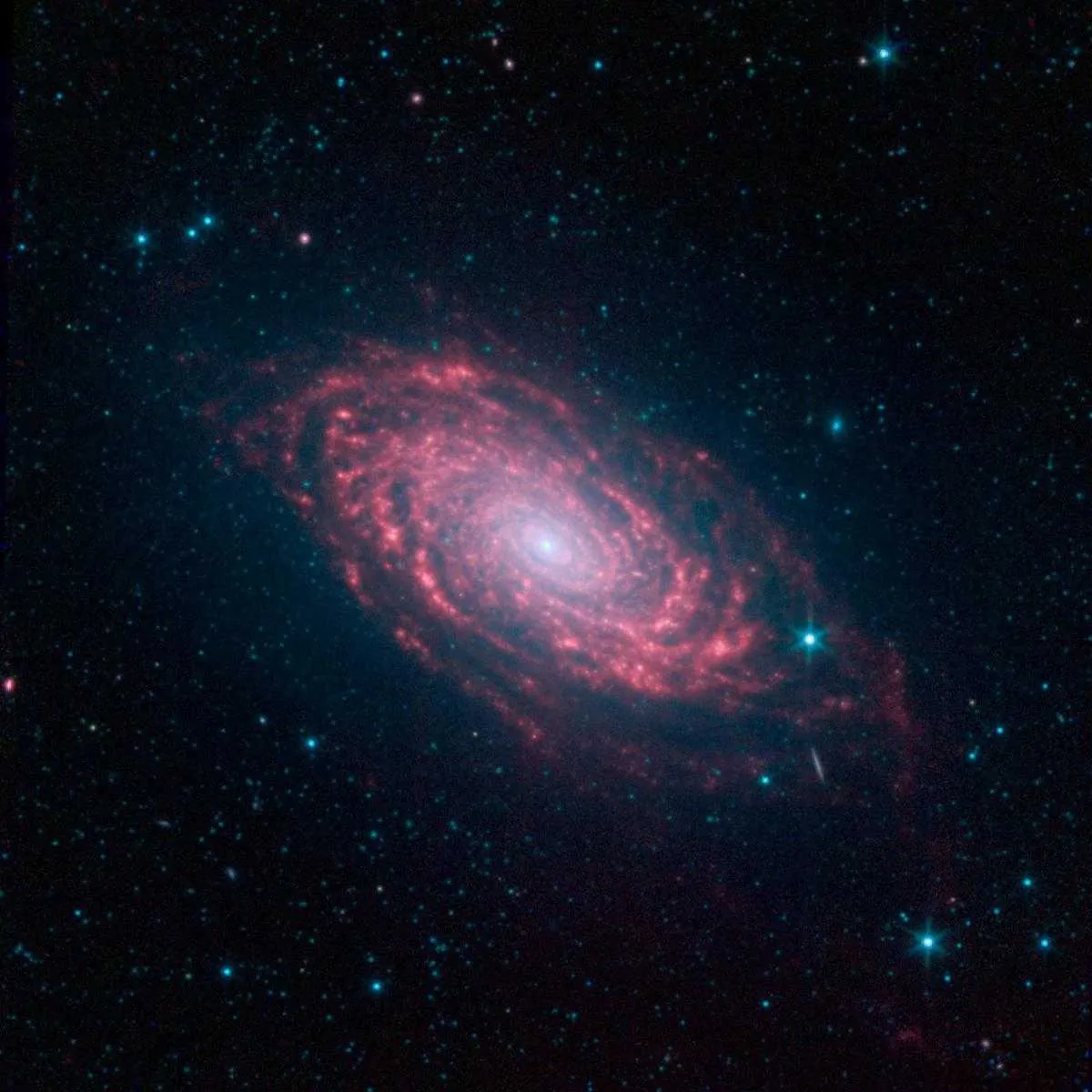
If you think the spiral arms of this 27 million light-year-away galaxy look a little like a pretty plant you're not alone - as well as being known as M63, it's also called the Sunflower Galaxy.
19
Maffei 2
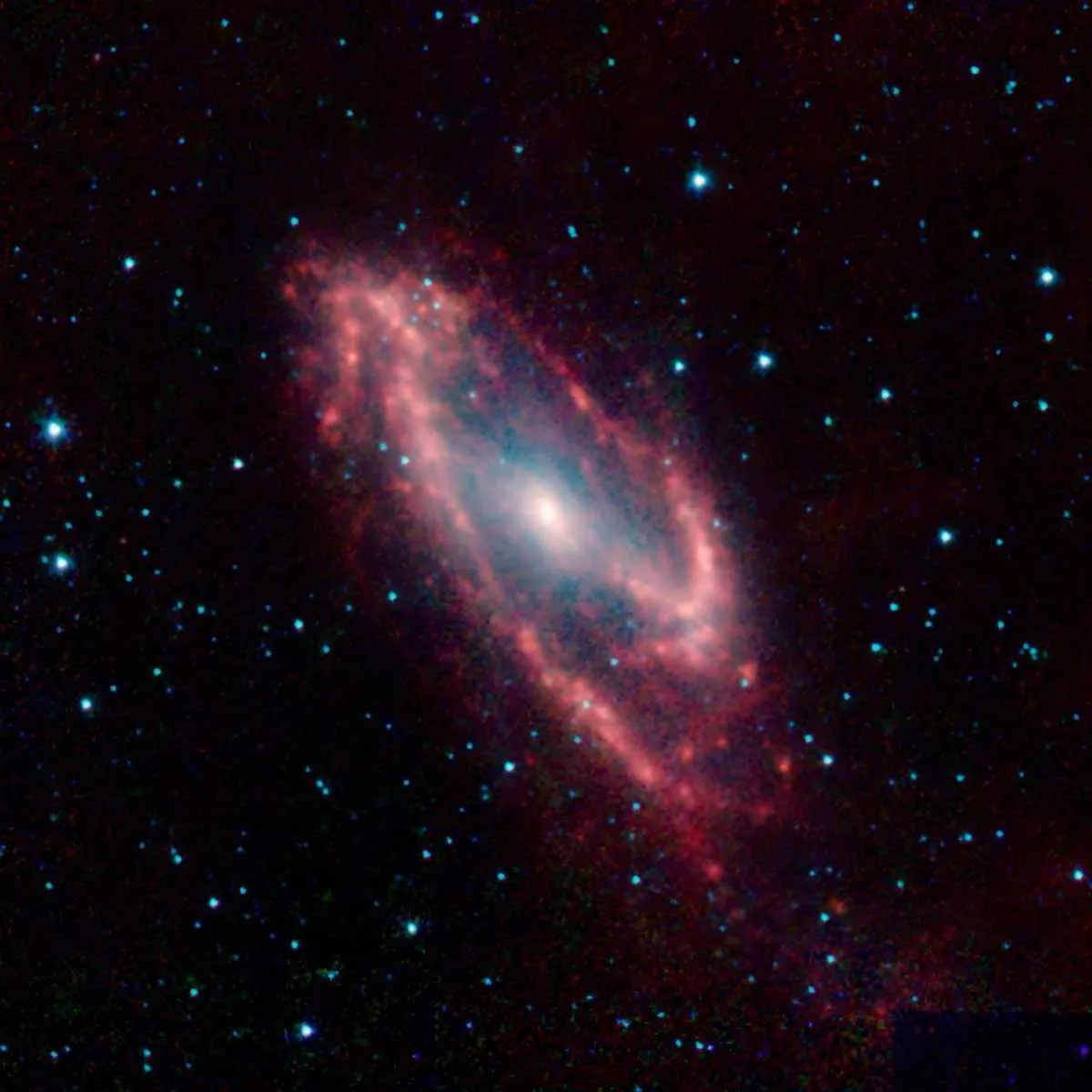
You'll struggle to see this galaxy with an optical telescope as it is hidden by dust - it's not called the Hidden Galaxy for nothing! To see it in all its magnificence you need to use an infrared camera like the one on theNASA Spitzer Space Telescope.
20
M33
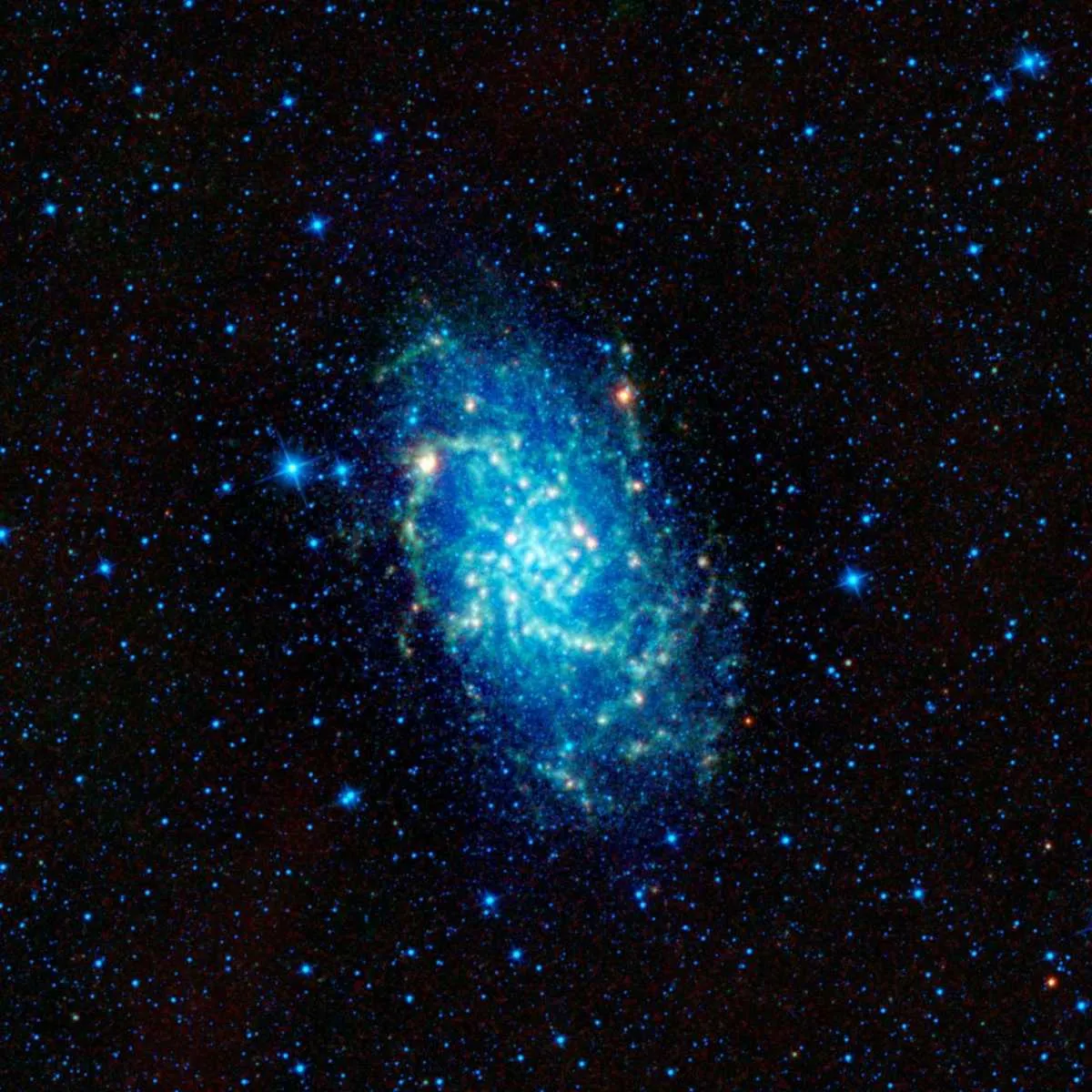
It takes a WISE eye to spot the Triangulum galaxy - this photo was taken using NASA'sWide-field Infrared Survey Explorer.
21
NGC 4038/NGC 4039
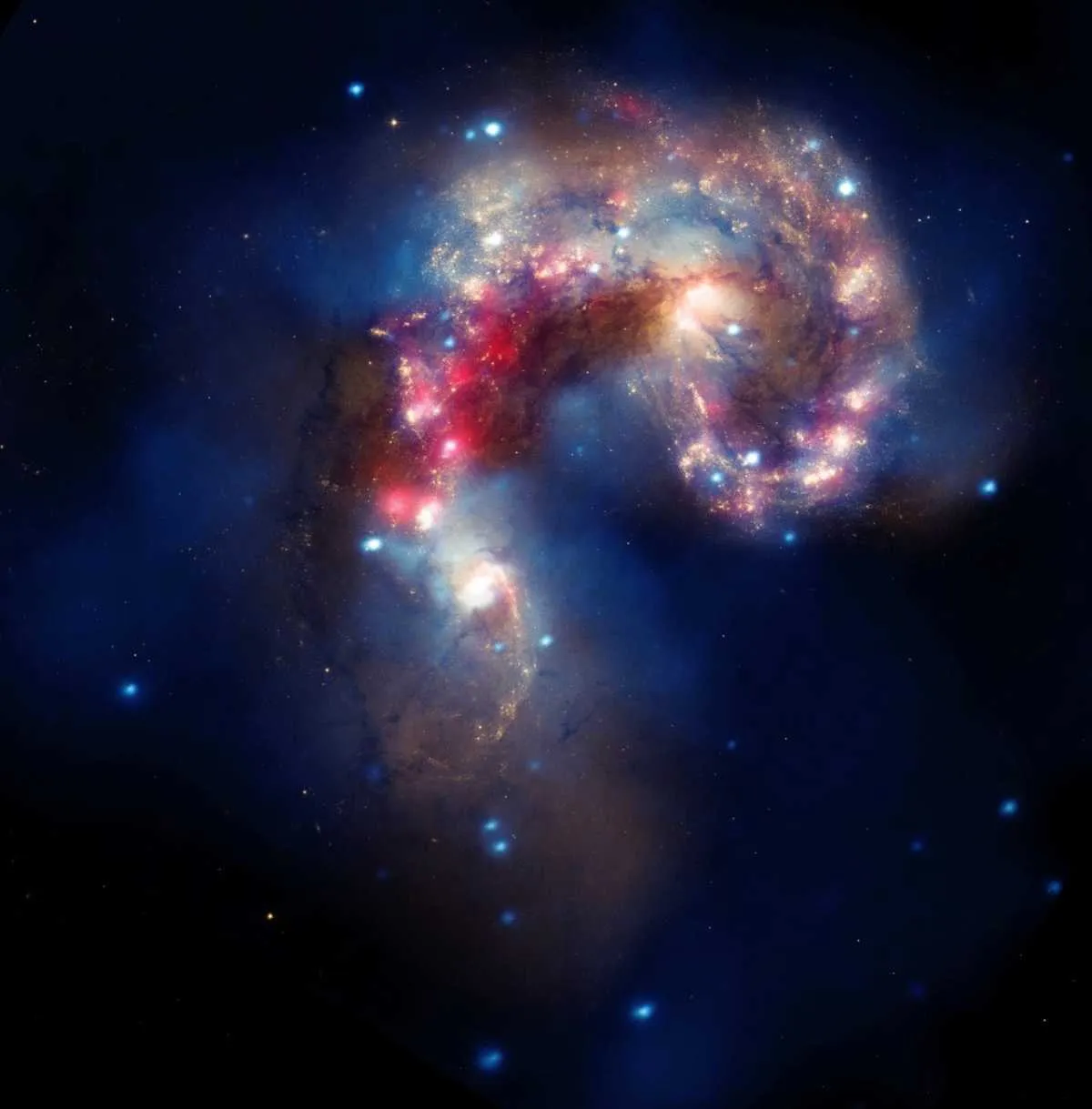
This incredible image is notone but two galaxies colliding in an epic celestial smash that has lasted for 100 million years. The Antennae Galaxies are filled with black holes and neutron stars speeding up the evolution of stars.
22
NGC 2841
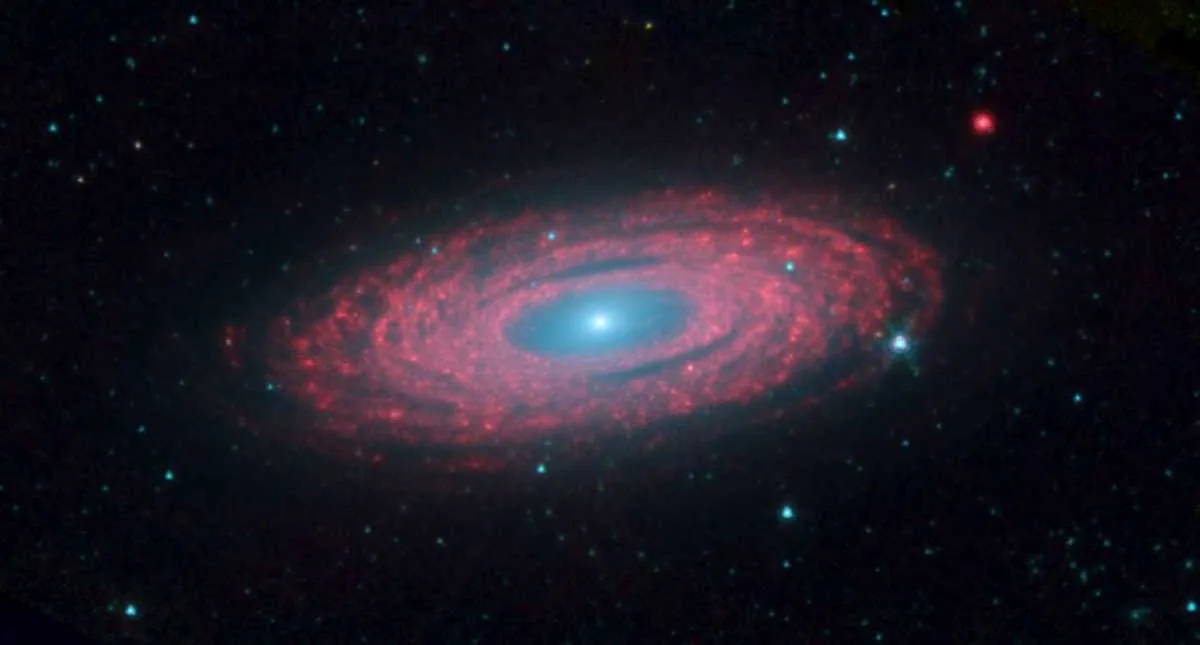
Initially discovered by William Herschel in 1788, it was believed that this inclinedunbarred spiral galaxywas 30 million light-years away, until theHubble Space Telescopedetermined it was much further at 46 million light-years.
23
NGC 1097
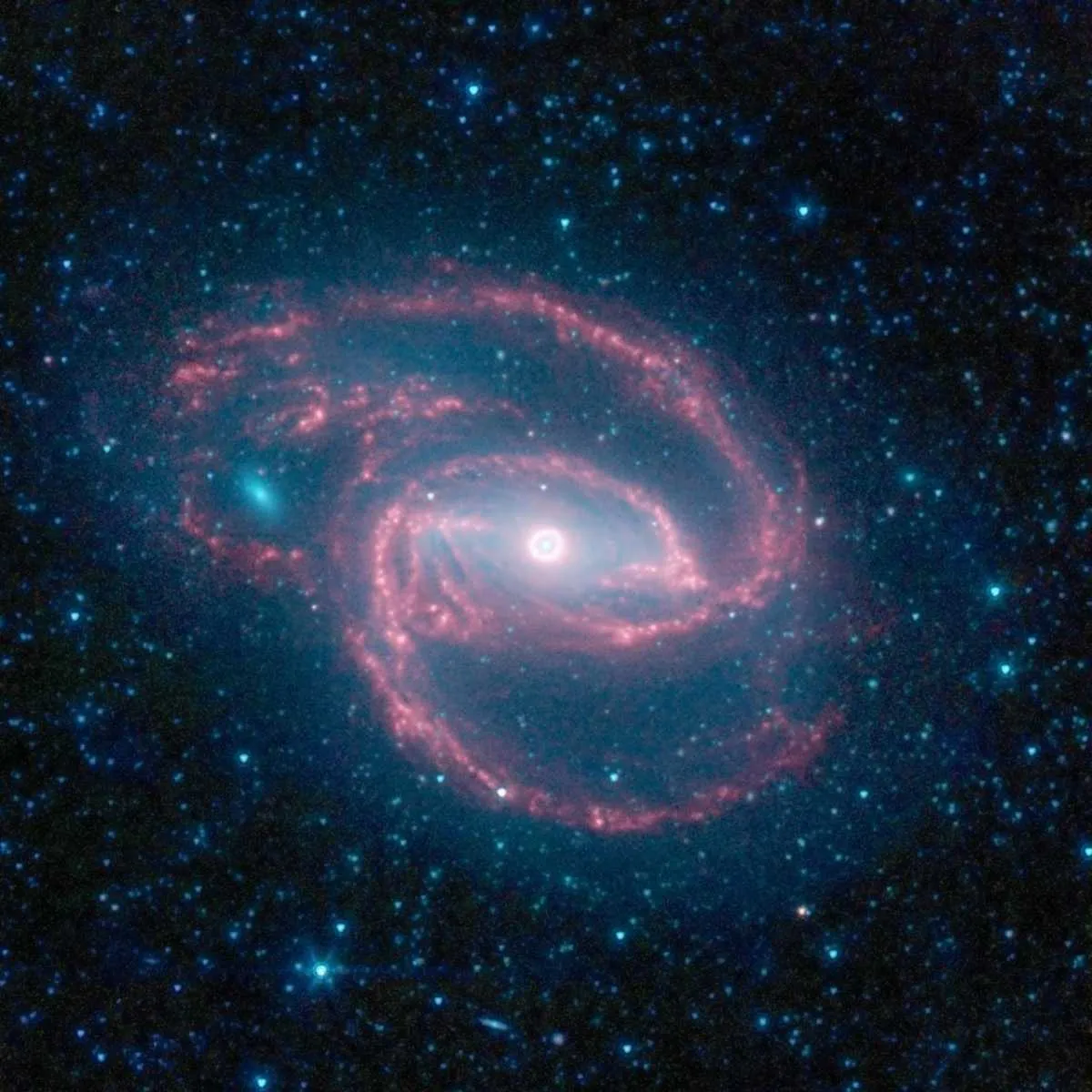
This beautiful barred spiral galaxy is very active - three supernovae have been observed since 1992.